Why treat trauma early?
It is a heartbreaking fact that by the age of sixteen, more than two-thirds of children have experienced at least one trauma, according to the Substance Abuse and Mental Health Services Administration (SAMHSA) (Understanding Child Trauma).
These traumatic events could range from:
Psychological, physical, or sexual abuse
Witnessing or experiencing domestic violence
Loss of a loved one
Serious accidents or injuries
How can trauma affect a child?
The effects of trauma can manifest in many forms, variations, and severity including:
Separation anxiety
Nightmares and other sleeping difficulties
Depression
Feelings of guilt or shame
Difficulties in school
Development of new fears
Difficulty learning and issues at school
Deterioration in long-term mental health
Increased likelihood of developing an addiction or eating disorder
Increased risk of lifelong health issues like diabetes and heart disease
How can trauma be treated?
There is hope! Children who have experienced trauma can return to previous levels of functioning with proper support from the child or adolescent’s caregivers.
Treating trauma early not only helps circumvent the risk of developing issues that last until adulthood, but it also helps bring quicker relief and a reduction of post-traumatic symptoms for the child or adolescent in distress already. Among the common treatments are Trauma-Focused Cognitive Behavioral Therapy (TF-CBT), to successfully reduce post-traumatic symptoms in 80% of children after 12 sessions (Evidence-based treatments for childhood trauma), and Eye Movement Desensitization and Reprocessing (EMDR), which has shown long-term effectiveness in reducing distress and post-traumatic symptoms (EMDR and childhood traumas).
Therapy in itself is helpful by providing the child or adolescent with a safe, supportive setting to tell their stories and process their trauma. The earlier that treatment starts, the sooner that healing can begin for both the child who underwent the trauma, and for those who care for them. Therapists can also work separately with caregivers and families or together through Family Therapy on how to best support and encourage their child.
In Psalm 127:3-4 (ESV), children are called a “reward,” and the people who have children are called blessed! In fact, in Proverbs 22:6 (ESV), we are charged with responsibility of teaching our children so they can not only know how to navigate their current life, but also reap the benefits of this care and teaching into adulthood. Jesus, himself, did not fail to address the needs of children being brought to him for prayer and healing, even when the disciples tried to turn them away (Matthew 19:13-15, ESV).
Acknowledging the trauma and pain that children and adolescents experience and taking steps to get the healing that they need is a way of treasuring the children that God has given us. Getting them into treatment is a way of allowing them to be taught and equipped with the tools that they need to overcome trauma, walk through life, and face the future.
Learn about our upcoming Bounce program to help your children bounce back from trauma!




